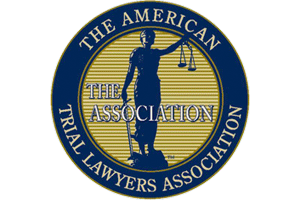Small Law Firm Care & Attention"
Maryland Brake Light Regulations
Author: Roxy Araghi Date: October 24, 2012
Through two separate sections of the Maryland Annotated Code Transportation Article, Maryland law requires that all motor vehicles have two brake lights. A third brake light, or center brake light, is not required under these laws. Furthermore, Section 22-206 (a) holds, “every motor vehicle … shall be equipped with at least one stop lamp,” and (b) every vehicle sold after January 1, 1967 “shall be equipped with at least two stop lamps.”
The conflict arises in court when an individual brings forth a case concerning a dispute arising from a stopped vehicle with a burned out, center brake light. Some judges believe that the law simply requires that motor vehicles have two brake lights. Judges with this line of reasoning will choose to dismiss cases centered on problems due to a third brake light. Other judges, however, make decisions on the notion that the Code of Maryland Regulations (COMAR) requires all equipment originally installed in motor vehicles to be maintained in working order. Thus, if a vehicle was originally equipped with the center brake light of concern, such a judge will move forward with the case. These variations in legal interpretation have proven to be challenging for the State.
In fact, any variations in the interpretation of the law and regulations released by the state raise concerns about the consistency of judicial decisions. Such differences can cause law enforcement officials to question their responsibilities and citizens to be uncertain about their obligations under the law. One would instead expect that a regulation transcribed in the Maryland Annotated Code would be able to determine the basis for the conclusion of an issue without interference from conflicting rules. As can be seen above, however, in reality, this is not always the case.













